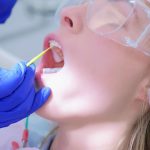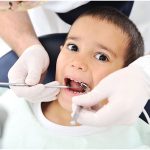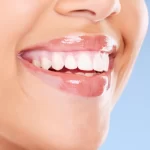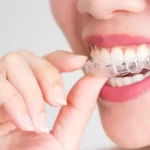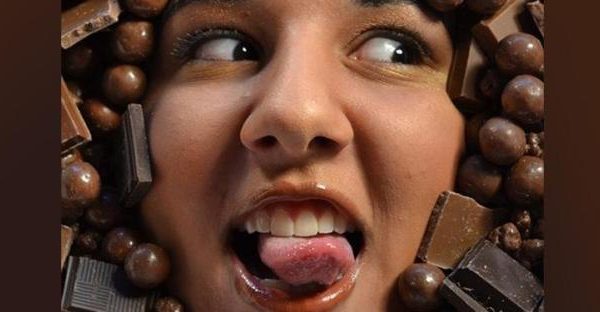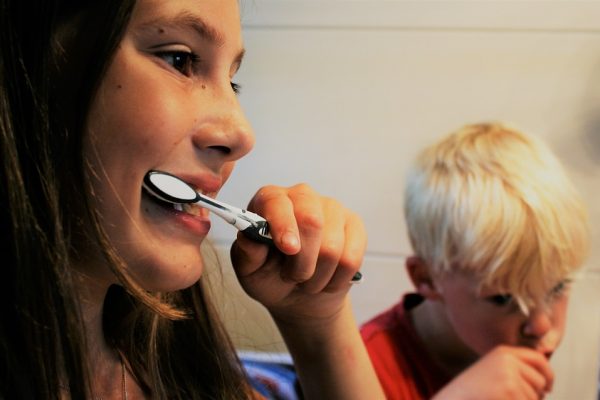Dental procedures are common for kids nowadays with the easy availability of chocolates and sweets contributing to the damage on dental health. Children undergoing dental procedures require sedation to numb the pain of the process.
Pediatric dentistry by using anaesthesia needs the medical personnel to take extra precaution and care for the child. Some kids show adverse effects to anaesthesia when the child slips into more profound sedation than the requirement.
The dentist and the anaesthesia practitioner need to keep a constant check of the vital signs and breathing patterns of the child to prevent an adverse outcome. A study by researchers from the University of Washington reports that 44 deaths of pediatric dental patients are on record from the last three decades due to general anaesthesia or sedation.
Therefore, medical practitioners need to take extreme caution while sedating a child, especially if general anaesthesia is the requirement. Let’s move on to acknowledge what is sedation of kids for dental surgery.
What Is Paediatric Sedation Dentistry?
In simple words, sedation dentistry is the practice of using local and general anaesthesia or using calming drugs or mild sedatives to enable smooth dental procedure. A child may be nervous or anxious about consulting with a dentist.
A mild sedative can help the child to calm down and offer the dentist better circumstances to complete the dental procedure correctly. Kids with a sharp gag reflex will need sedatives to perform any dental operation.
The mild sedatives are only for calming the child and does not reduce any pain from dental surgery. Hence, the dentist administers local anaesthesia, usually with an injection on the treatment area to avert pain due to the procedure.
Local anaesthesia is safer than general anaesthesia, especially for children. The effects of sedation may last from 4 – 6 hours after its administration.
The various levels of sedation are –
- Minimal Sedation – This is the lightest sedation where the child is calm but awake.
- Moderate Sedation – This level of sedation makes you forget most of the procedure. Your words may also slur while talking.
- Deep Sedation – The patient is one the edge of consciousness in this sedation level, but the doctor can still awaken them in this state.
- General Anesthesia – The patient will be in the state of complete unconsciousness when using general anaesthesia for sedation.
Types Of Sedation
1. Inhaling Sedation By Using Nitrous Oxide
Inhaling Nitrous Oxide is an age-old technique in use by medical practitioners for sedating patients before medical procedures. Commonly known as laughing gas, nitrous oxide can help you relax quickly.
The administration of Nitrous Oxide is with the aid of gas masks. Dentists usually provide a mixture of Oxygen and Nitrous Oxide to children needing sedation. The child will have a happy feeling throughout the sedation.
Since the sedation only requires breathing, it is one of the simplest sedation methods administrable on children. The sedation wears off quickly, and your child will be back to normal by the time you reach back home after the procedure.
2. Oral Sedation
Oral sedation is a form of mild sedation commonly applicable to sedating older children and adults. This sedation is bound to make your child drowsy, but they will still be awake and calm. The dentists serve oral sedation through the nose or mouth.
The child will still be able to follow the instructions of the dentist or parents as the sedation is mild. A pill is the most common form of oral sedation. The capsule takes effect in 20 minutes, and the dentist may administer the sedation 1 hour before the procedure.
A larger dose can be put to use for moderate levels of sedation. Your child must not eat anything after midnight on the night before the appointment. The child may feel groggy or fall asleep but can wake up with a gentle shake.
3. Moderate Sedation With IV
This sedation can range from moderate to deep level according to requirements. IV sedation stands for intravenous sedation, and it requires the insertion of a needle in the vein of the child, usually on the hand or arm.

In moderate levels, the children are sleepier but still able to follow the instructions of the dentist and can wake up quickly once the sedation wears off. In deep sedation level, the child may have difficulty breathing on their own and will require close monitoring by an anesthesiologist until the child wakes up to ensure safety.
The anesthesiologist must continuously monitor the breathing patterns, heart rate, oxygen saturation, blood pressure, and heart rhythm. The sedation takes effect rapidly as the administration of the drug is directly through the vein.
Effects of the drug also last longer, allowing for the execution of complex procedures on the child by the dentist.
4. General Anesthesia
General anaesthesia is the process of making a patient wholly unconscious and oblivious to pain. Medical practitioners administer general anaesthesia on children for dental surgeries. The child will also experience no pain and will not remember any part of the treatment.
The patients under sedation of general anaesthesia can not wake up readily until the effects of the sedation wear off. Medication for reversal gets the child to wake up before the sedation wears off naturally.
Conclusion
Local anaesthesia may be sufficient for most dental procedures if the child can remain calm and motionless while the dentist is performing the procedure. However, some dental surgery may require complete sedation or general anaesthesia.
Swallowing liquid sedative or inhaling laughing gas the usual methods for sedating a kid for dental surgery. Sedating makes the child more cooperative for the treatment and also reduces anxiety in the patient.


